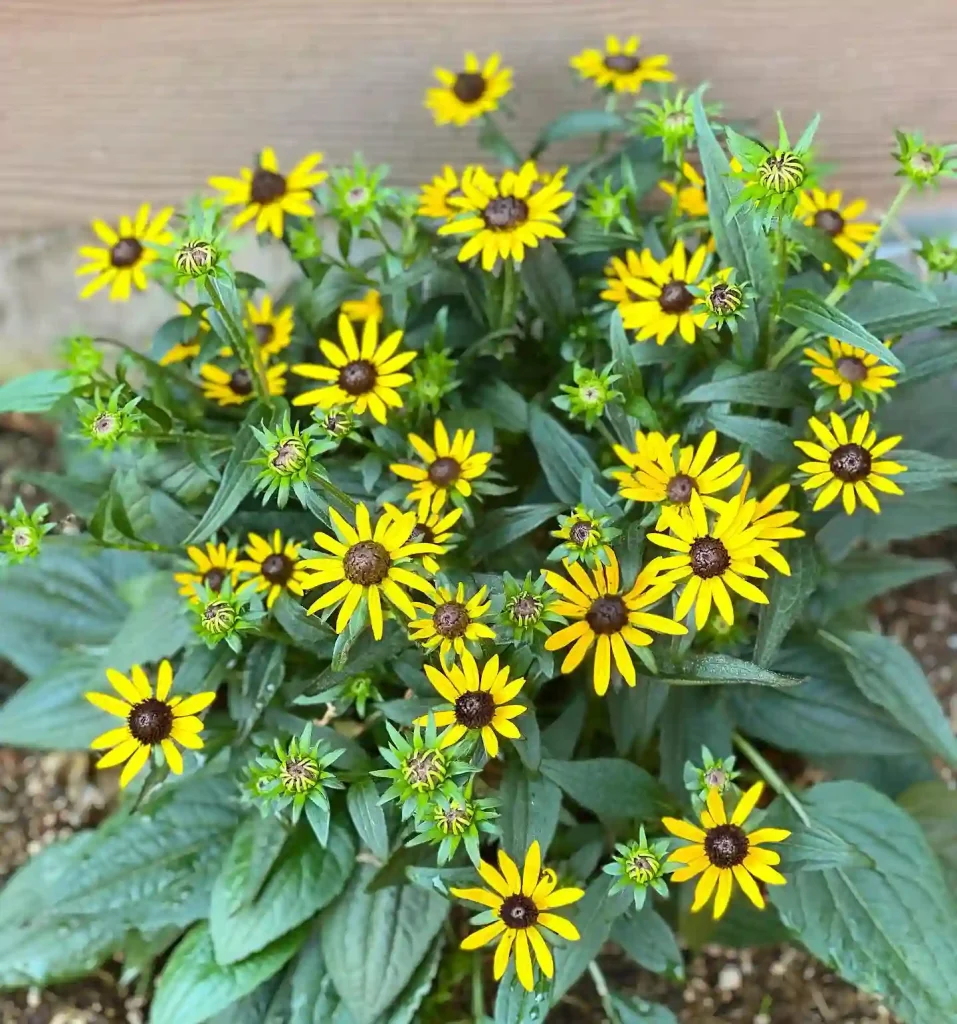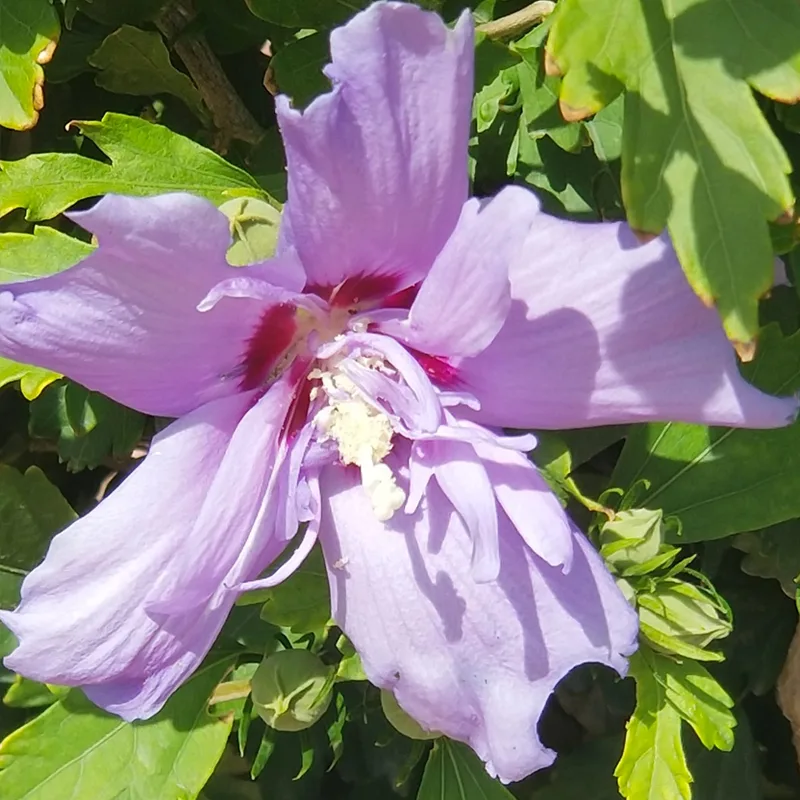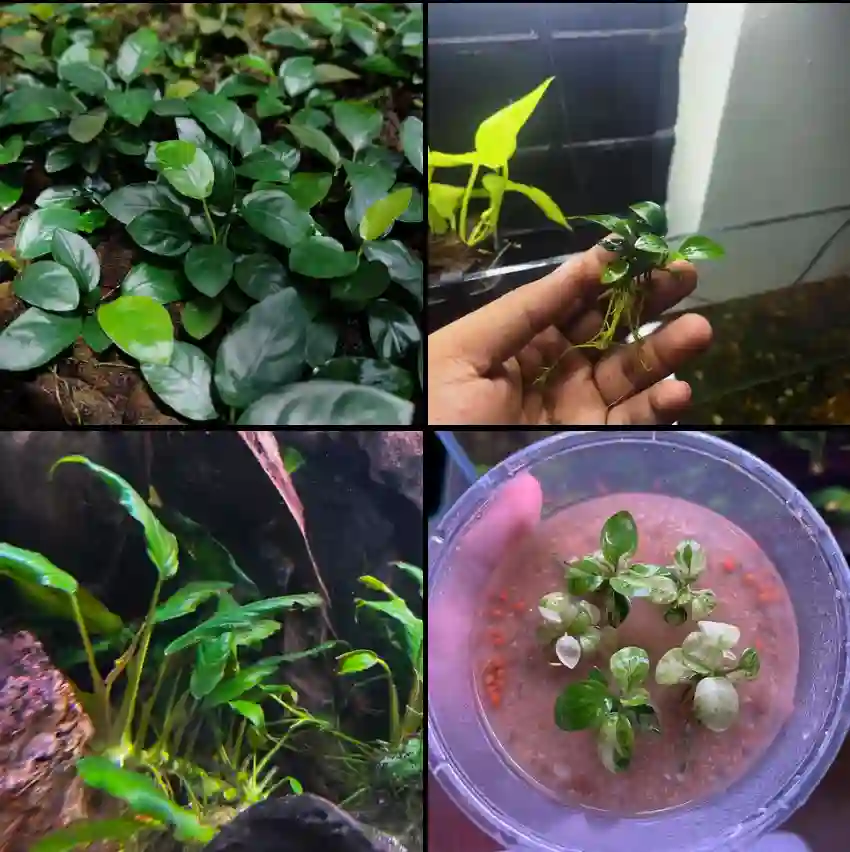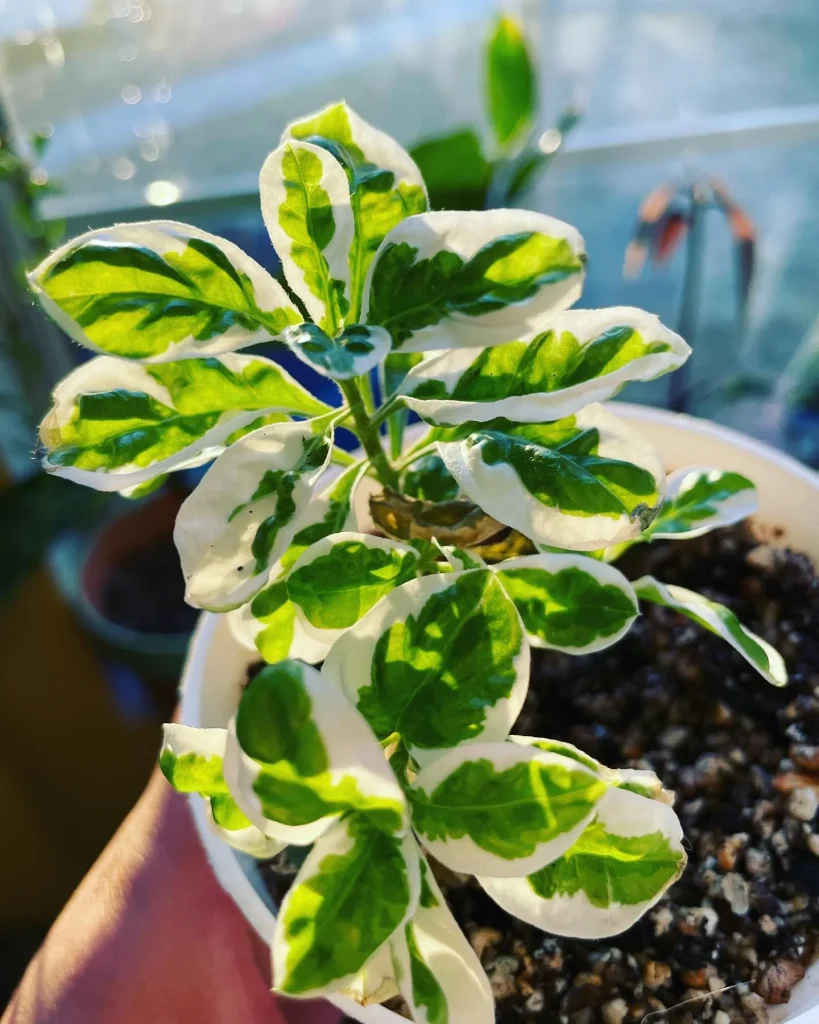FAQs About Mecardonia
When it comes to low-maintenance, vibrant plants for your garden, Mecardonia from Plantaginaceae family is a fantastic choice. I’ve had my fair share of experiences with this plant, and I’ve gathered a lot of useful information along the way. Here’s a deep dive into some of the most frequently asked questions about Mecardonia.
Mecardonia species
- Mecardonia acuminata (Walter) Small
- Mecardonia berroi Marchesi
- Mecardonia exilis (Brandegee) Pennell
- Mecardonia grandiflora (Benth.) Pennell
- Mecardonia kamogawae Greppi & J.C.Hagiw.
- Mecardonia procumbens (Mill.) Small
- Mecardonia pubescens Rossow
- Mecardonia reneeae Greppi & M.M.Sosa
- Mecardonia serpylloides (Cham. & Schltdl.) Pennell
- Mecardonia vandellioides (Kunth) Pennell
Is Mecardonia a Perennial?
Yes, Mecardonia is typically considered a perennial in most regions with moderate climates. This means that, unlike annuals which complete their life cycle in one growing season, Mecardonia will continue to thrive and come back year after year. In areas with harsher winters, it might act more like an annual, so it’s important to consider your local climate when planning to grow Mecardonia.
How to Grow Golddust Mecardonia?
Growing Golddust Mecardonia is a rewarding experience if you follow a few key steps. Start by selecting a well-draining soil mix, as Mecardonia prefers a soil that doesn’t hold excess moisture. Plant it in a sunny location where it can receive at least 4-6 hours of sunlight daily. Space the plants about 12-18 inches apart to allow for their spreading habit. Water regularly, but avoid waterlogging. Fertilize monthly with a balanced fertilizer to promote healthy growth and abundant blooms.
Is Mecardonia Toxic to Dogs?
One of the most common concerns for pet owners is whether a plant is toxic to their furry friends. Fortunately, Mecardonia is not toxic to dogs. This makes it a safer choice for pet-friendly gardens where pets may come into contact with the plants.
Is Mecardonia Safe for Bearded Dragons?
Mecardonia is also considered safe for bearded dragons. These reptiles often nibble on plants, so having Mecardonia in their environment won’t pose any harm. However, as with any plant, it’s best to ensure that it’s not their sole source of nutrition and to offer a varied diet.
Are Mecardonia Deer Resistant?
Mecardonia does have some deer resistance, making it a good choice if deer are a problem in your garden. While no plant is completely deer-proof, Mecardonia’s dense growth and somewhat bitter taste can deter these animals. Still, if food sources are scarce, deer might nibble on them.
How to Care for Mecardonia?
Caring for Mecardonia is relatively straightforward. Ensure it gets plenty of sunlight, ideally 4-6 hours daily. Keep the soil well-drained and water regularly, but be cautious of overwatering. A layer of mulch can help retain soil moisture and keep weeds at bay. During the growing season, feed your Mecardonia with a balanced, water-soluble fertilizer to promote vigorous growth and blooming.
How to Propagate Mecardonia?
Propagating Mecardonia is quite easy and can be done through cuttings. Take a healthy stem cutting from the plant, remove the lower leaves, and dip the cut end in rooting hormone. Plant the cutting in a pot with a well-draining potting mix, keep it moist, and place it in indirect light. Roots should develop in a few weeks, after which you can transplant the new plant into your garden.
What to Plant With Mecardonia?
Mecardonia pairs well with other low-growing plants that have similar light and water requirements. Consider planting it alongside other sun-loving annuals like petunias or marigolds. Its vibrant blooms and spreading habit can complement plants with contrasting colors and textures, adding depth to your garden beds.
Can You Grow Mecardonia Indoors?
Mecardonia can be grown indoors, especially in bright, sunny spots. Use a well-draining potting mix and ensure that it gets sufficient light, either from a sunny window or grow lights. Regular watering and occasional fertilizing will help keep your indoor Mecardonia thriving.
Common Problems with Mecardonia
While Mecardonia is generally hardy, it can face a few issues. Watch out for powdery mildew, especially in humid conditions. If you notice any white, powdery spots on the leaves, treat the plant with a fungicide and improve air circulation around it. Overwatering can also lead to root rot, so ensure the soil drains well and avoid letting it stay soggy.
Compare with Other Similar Plants
If you’re considering alternatives to Mecardonia, plants like Calibrachoa or Petunias might come to mind. Both have similar growing conditions but can vary in terms of maintenance and bloom habits. Calibrachoa, for instance, has a trailing habit and is known for its tiny, colorful blooms. Petunias offer a wider range of colors and can be more tolerant of varying light conditions.
In conclusion, Mecardonia is a versatile and low-maintenance plant that can add vibrant color to your garden or indoor space. With its perennial nature, deer resistance, and non-toxic properties, it’s a great option for both seasoned gardeners and beginners alike. By following the care tips outlined above, you can ensure your Mecardonia thrives and continues to enhance your garden for years to come.
If i die, water my plants!



